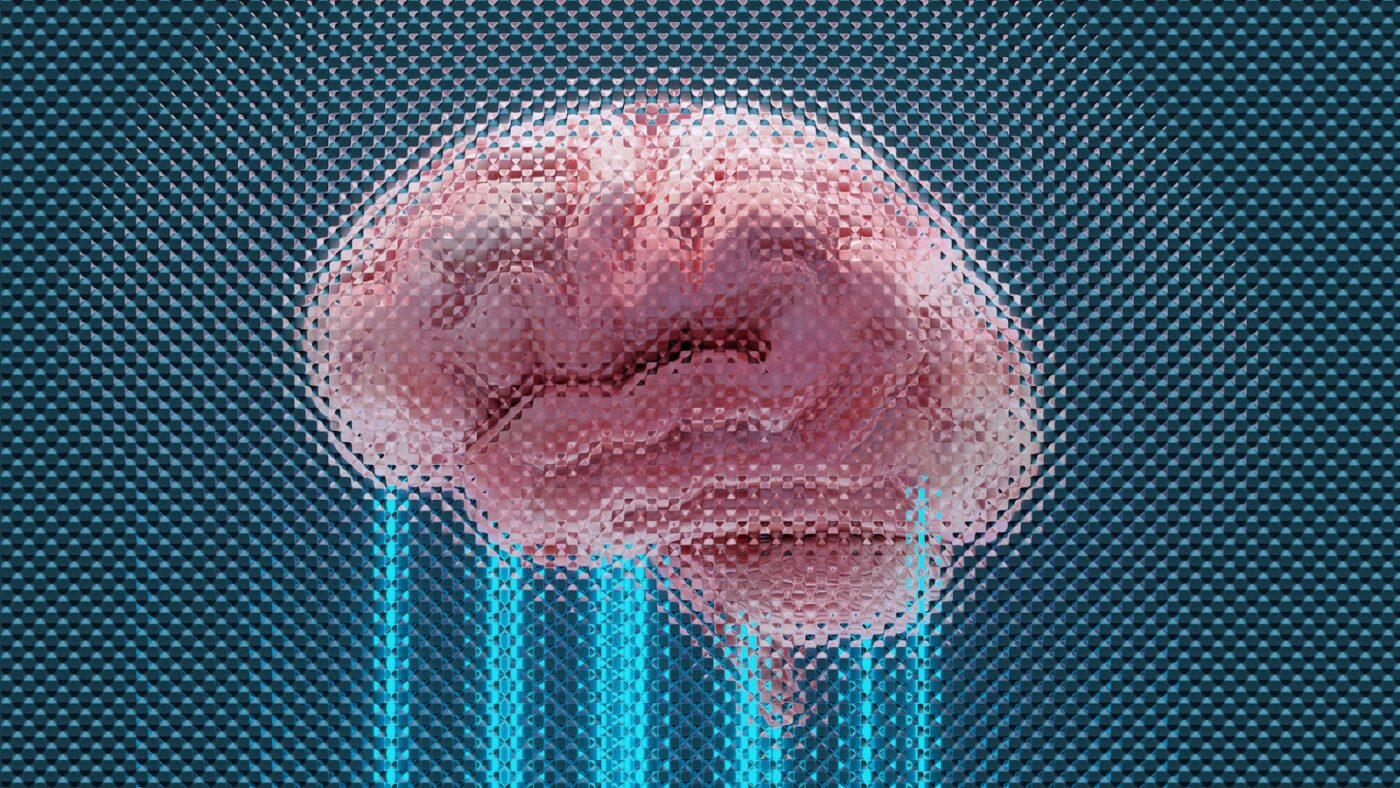New Year’s resolutions often fail not because of weak willpower but because our brains are wired to resist sudden change. Understanding this can transform how we approach lasting behavior shifts.

Every January, millions set ambitious goals to reshape their lives—eat healthier, exercise more, quit bad habits. Yet, by mid-February, most have given up. This familiar pattern isn’t just about motivation or discipline; it’s deeply rooted in how our brains function. The tug-of-war between ingrained habits and the brain’s goal-directed systems makes sustaining new behaviors a steep climb.
At the heart of this struggle is a complex interplay among three brain systems: the basal ganglia, the prefrontal cortex, and dopamine-driven reward circuits. The basal ganglia, particularly the striatum, serve as the brain’s habit hub. Over time, repeated behaviors are encoded here, shifting control from conscious decision-making to automatic routines. This neural “stickiness” is why habits feel effortless but also why breaking them is so hard.
Dopamine, a neurotransmitter tied to pleasure and motivation, reinforces these habitual circuits. When dopamine floods the striatum during a rewarding activity, it strengthens the likelihood of repeating that behavior. This mechanism explains why old routines, even unhealthy ones, can feel so compelling—they are neurologically wired to persist.
Opposing this is the prefrontal cortex, the brain’s executive center responsible for self-control, planning, and decision-making. This area enables goal-directed behavior, like sticking to a new workout schedule or changing eating habits. However, it’s easily overwhelmed. Stress, fatigue, or multitasking tax this system, leading to lapses where old habits resurface. The prefrontal cortex simply can’t sustain high effort indefinitely, especially when competing demands drain its resources.
The statistics are sobering. Only about 8 to 9 percent of people successfully keep their resolutions by year’s end, and roughly 80 percent quit by mid-February. This stark reality underscores that sheer willpower is rarely enough.
So, how can we work with our brains rather than against them? Research suggests several practical, evidence-based steps that align with brain function to make lasting change more attainable.
First, break resolutions into tiny, repeatable actions. Instead of “exercise more,” start with “put on workout shoes every morning.” Small behaviors are easier to repeat consistently, allowing the basal ganglia to gradually encode them as new habits.
Second, attach immediate, intrinsic rewards to new actions. Because dopamine reinforces behaviors tied to pleasure, pairing habits with satisfying outcomes boosts motivation. For example, savor a favorite healthy snack after a workout or enjoy a few minutes of quiet contemplation following journaling.
Third, stack new habits onto existing routines. Habit stacking leverages established neural pathways by linking new behaviors to reliable triggers. For instance, praying briefly after brushing your teeth piggybacks on a daily automatic action, increasing the odds the new behavior sticks.
Fourth, redesign your environment to support success. Place running shoes by the door, remove tempting junk food, or set reminders on your phone. By making desired behaviors easier and undesired ones more difficult, you reduce reliance on willpower.
Fifth, monitor progress regularly. Tracking actions increases awareness and accountability, critical for breaking old habits and reinforcing new ones. Simple checklists or apps can provide this feedback loop.
Lastly, set approach-oriented goals—focus on positive behaviors you want to adopt (“eat more vegetables”) rather than negative behaviors to avoid (“stop eating junk food”). Research shows these positively framed goals are more motivating and sustainable.
Understanding why these strategies work requires a closer look at brain dynamics. Habit circuits in the basal ganglia become dominant through repetition, making behaviors less reliant on conscious effort. This is why the initial excitement of New Year’s resolutions fades; the novelty wears off, dopamine response diminishes, and the brain reverts to familiar routines.
Moreover, dopamine’s role in reward prediction means it responds best to immediate gratification. Many resolutions, like losing weight or learning a skill, have delayed benefits, making it harder for dopamine to sustain motivation over time.
The prefrontal cortex’s vulnerabilities also explain why stress or multitasking can cause lapses. When this executive center is taxed, old habits resurface because the brain defaults to automatic, less effortful behaviors.
The “fresh start effect” explains why temporal landmarks like January 1st boost motivation temporarily. These new beginnings create a psychological clean slate, heightening commitment. However, this effect tends to fade quickly, especially if expectations are unrealistic or seasonal factors (like winter blues) interfere.
Implementing “if-then” plans—specific intentions linking situations to actions—helps bridge the gap between intention and behavior. For example, “If I feel the urge to skip my workout, then I will put on my shoes immediately.” These implementation intentions automate responses, reducing reliance on willpower.
I remember a friend who struggled to stay consistent with exercise. Instead of forcing long workouts, she started with just five minutes of stretching every morning after prayer. By stacking this onto an existing routine and celebrating the small wins, she built momentum. Over months, this tiny habit expanded naturally into a full fitness routine. It wasn’t willpower alone; it was structuring change around how the brain forms habits.
In sum, the brain’s resistance to New Year’s resolutions is no personal failing. It’s a natural consequence of how habit systems, reward pathways, and executive functions interact. By embracing small, repeatable actions, pairing them with immediate rewards, stacking habits, redesigning environments, monitoring progress, and setting positive goals, anyone can tip the scales toward lasting change.
For those still struggling after the initial burst of motivation fades, patience and strategy are key. Change doesn’t happen overnight, but with persistence aligned to brain science, real transformation is within reach.
Research on the basal ganglia’s role in habit formation offers deeper insight into why habits feel so automatic and resistant to change.





